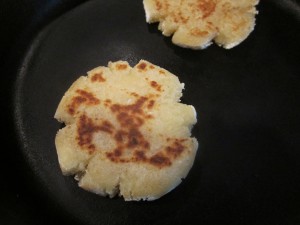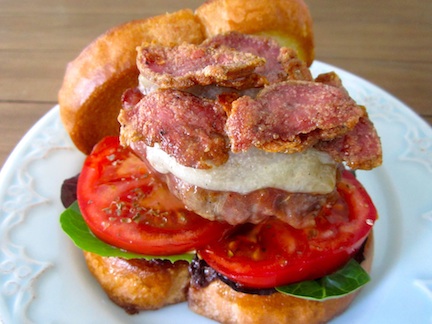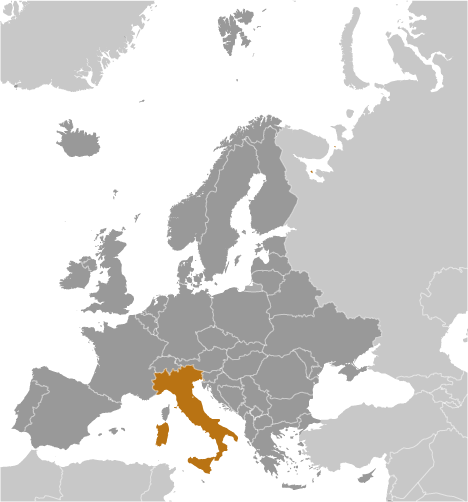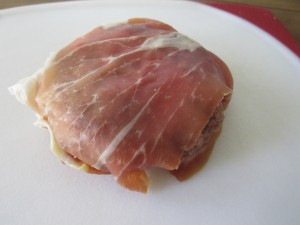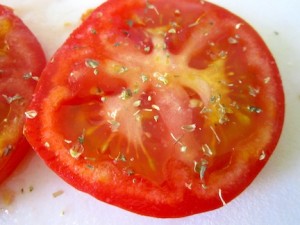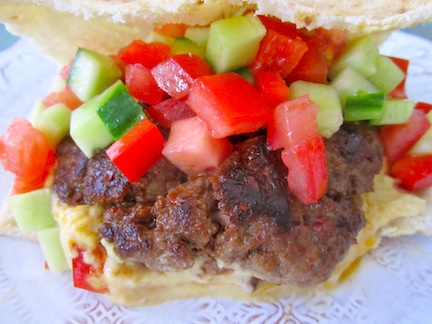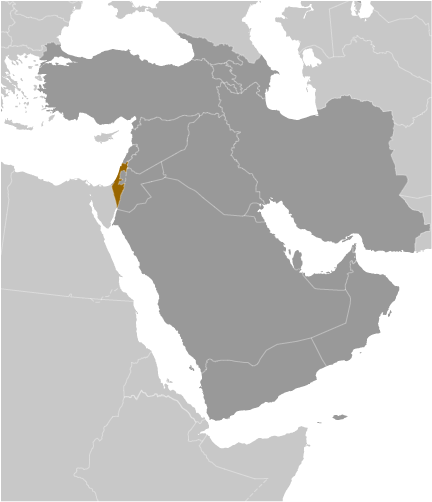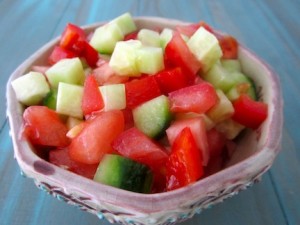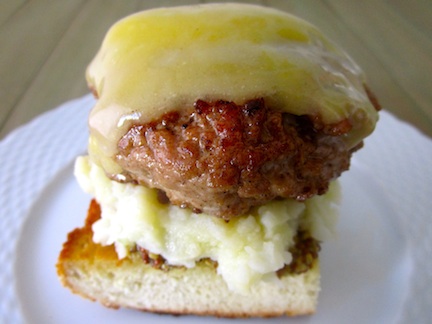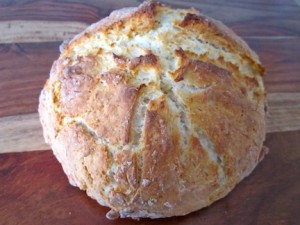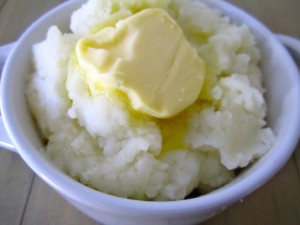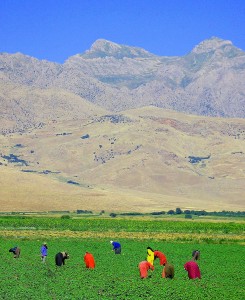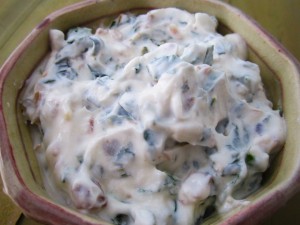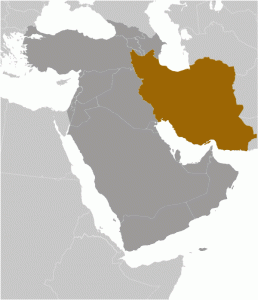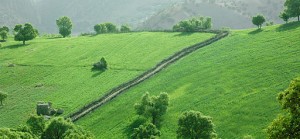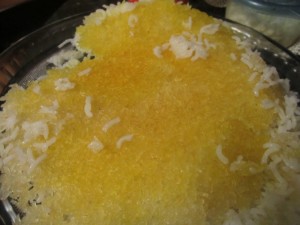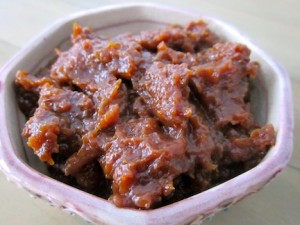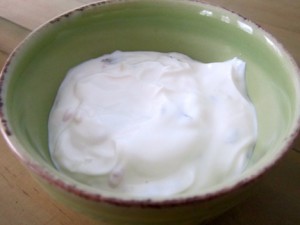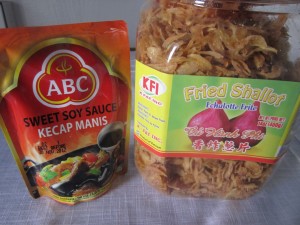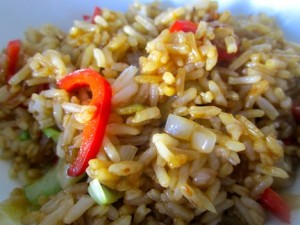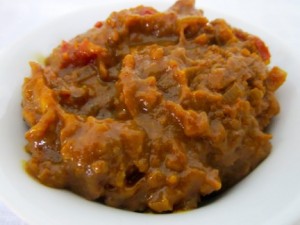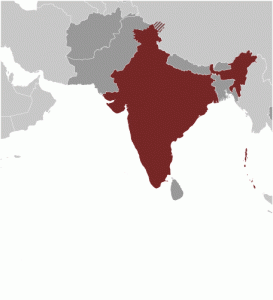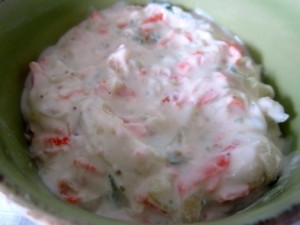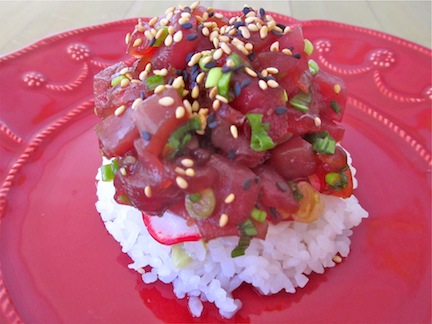 Tuna Tartare with Pickled Vegetables, Wasabi and Sushi Rice
Tuna Tartare with Pickled Vegetables, Wasabi and Sushi Rice
Every country has its challenges and wonders and Japan is no different. The challenge was trying to find something to say about Japan that you don’t already know. The wonder is the sheer weirdness of the food. Let’s begin with the challenge.
Japan is comprised of over 3,600 islands and is, of course, located off the Northeast coast of Asia. Between the early 1600’s and the mid 1800’s, the policy of the Japanese government was essentially isolationist. Because of this policy, the Japanese culture flourished, but uniquely flourished. It’s hard to completely grasp because I’ve grown up in the U.S. which of course is chock full of international influences and always has been, but it explains a lot about the complexity and difficulty of truly understanding the Japanese. Imagine a group of people living on an island (ok, technically a bunch of islands) and not interacting with any other people for 200 years. The art, literature, music, and, of course, the food of Japan have all been affected by this long period of introspection.
And on to the wonder, for our purposes, this introspection equates to weird food. Ok don’t get all worked up, I don’t mean weird “bad”, I mean weird as in unique, unusual, with very few easy comparisons to Western food, or even other Asian cuisines. I happen to think it’s weird/spectacular, but I am still a novice. For my burger I’ve focused on the basics and tried to keep the flavors clean and approachable. Since clean and focused flavors are a hallmark of Japanese cuisine, it feels like we’re off to a good start.
Seafood is central to Japanese cuisine. Yes, I know there will be a whole group of you who are screaming for wagyu beef, but let’s face it guys, wagyu beef is not in every kitchen and is not a core food of the average family in Japan – it’s a specialty, and a ridiculously expensive one at that. So I’m sticking with fish, and because I can, I’m sticking with raw fish.
I don’t know about you, but I’ve never prepared raw fish, I always just buy mine at restaurants. So how to get good fish that will work? Well first, I picked tuna, because it’s one of the most popular raw fishes in these parts, so it’s easy to find. So I went to Whole Foods and purchased some tuna sashimi, so “sushi grade” tuna and an ahi tuna steak. First off, “sushi grade” isn’t a real FDA term, it’s a term that retailers use to indicate fish that’s been frozen in such a way to kill off all parasites. So if you go to buy “sushi grade” – you’ll be buying frozen fish. I bought frozen yellowtail because they didn’t have frozen ahi and I’ve liked yellowtail when I’ve had sushi before, so I thought we’d give it a whirl.
Paul and I did a taste test and the sashimi was bland and flavorless, the frozen yellowtail was fishy and unpleasant and the ahi steak was perfect. So we went with the ahi. I kept it simple with light seasoning, chopped it up and formed a patty – and no, I didn’t cook it. I don’t like the taste of cooked tuna at all, so we’re sticking with tartar.
There are very few meals in Japan that don’t include pickled vegetables, so we had to include some pickled veg. Radishes are extremely popular – we tried both Japanese radish and the reddish-pink radishes that are common here. I found the Japanese radish tasted ok, but smelled a little sulphury – the smell bugged me so much, I threw it in the trash and stuck with the red-pink version – happily the color was nice too, so that was a good bonus. Added to that some turnip and some sesame seeds and it was a perfect topping.
Horseradish is a classic flavor that pairs perfectly with fish, so I made some wasabi (they sell powdered wasabi at my local grocery store). I really wanted to make a wasabi mayonnaise – cause I love mayonnaise – but my research indicated that mayo is not authentic to traditional Japanese cuisine but rather a fusion from European cuisines – so I kept it simple and pure.
As for the starch, I don’t think you can really talk about Japanese food without rice coming into the conversation. And sushi rice is awesome with fish. You use short grained rice labeled “sushi rice”, rinse it and cook it then add rice vinegar and sugar – it gives it a slightly sour and sweet flavor that perfectly balances the sweetness of the tuna and the sharp flavor of the pickled vegetables.
So, if you’ve eaten Japanese food, I hope this burger will remind you of some of your favorite experiences. If you’re like me and have only had Japanese food in restaurants, try this, it’s easy and will give you new confidence to try new things. And, if you haven’t tried Japanese food, don’t be afraid – the flavors are subtle and lovely, try it – make one burger and serve it as an appetizer, just be bold and try something new, worst case, you can always pepper-crust and sear the rest of the tuna, or you can order a pizza 🙂
If you like this burger, I have no idea what other burgers you might enjoy, but here’s another fish option with totally different flavors. Try Guinea Bissau and a spicy tilapia burger with cashew rice, it’s delicious and exotic and despite that, nothing like the Japanese burger 🙂
Japan Burger
1 pound ahi tuna
3 teaspoons soy sauce
3 small scallions sliced thin
1 teaspoon prepared wasabi (make it a little watery as it’s easier to use)
Pickled vegetables (recipe below)
Sushi Rice (recipe below)
Chop the tuna into small pieces. Add soy and scallions to the tuna and toss to mix. Refrigerate until ready to serve. Place a scoop of sushi rice on the plate then drizzle some wasabi on the rice – the amount depends on how much you like wasabi. We found ¼ teaspoon to be about right, but you can play with it. Form the chopped tuna into patties and place on top of the rice. Add a spoonful of each of the pickled vegetables and sprinkle white and black sesame seeds on top.
Pickled Vegetables
3 turnips sliced thin (use a mandoline)
1/3 cup seasoned rice vinegar
6 radishes sliced thin (use a mandoline)
½ cup seasoned rice vinegar
Put each of the vegetables in a separate glass bowl (otherwise the pink of the radishes will bleed through to the turnips). Add vinegar to each bowl and toss the vegetables to coat. Cover and refrigerate for at least an hour. Drain to use.
Sushi Rice
1 cup sushi rice – rinsed
1 cup water
2 Tablespoons rice vinegar
1 Tablespoon sugar
Place rice and water in a small saucepan and bring to a boil. Reduce heat and simmer covered for 15 minutes, then let it stand for 15 minutes covered. In a small microwavable bowl combine the rice vinegar and sugar and heat for 30 seconds on high in microwave. Stir until sugar dissolves. Place the rice in a large glass bowl and add the vinegar/sugar mixture. Stir to coat the rice. Let the rice cool to room temperature before using – do not refrigerate the rice, ever, it’s a big no-no in Japanese cooking to refrigerate rice.
https://burgershereandthere.com/?p=1346
©Copyright 2013 Linda Monach









